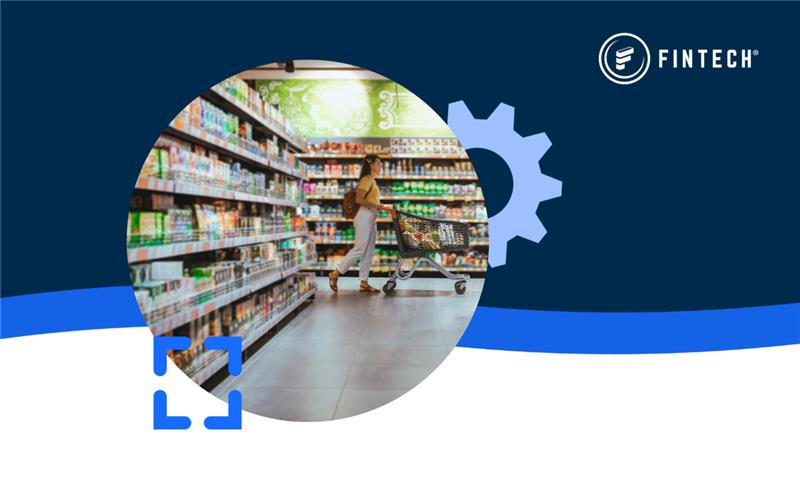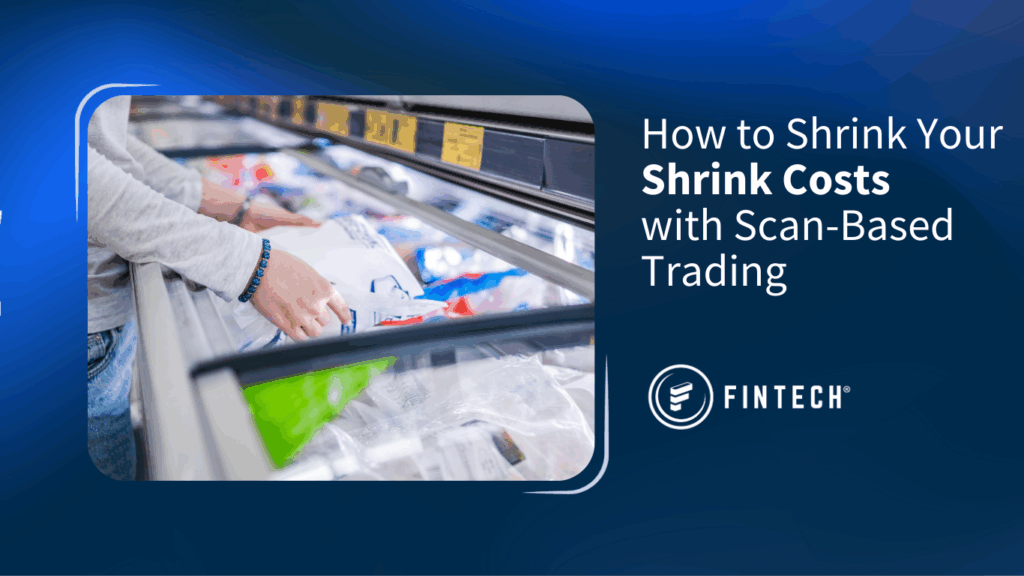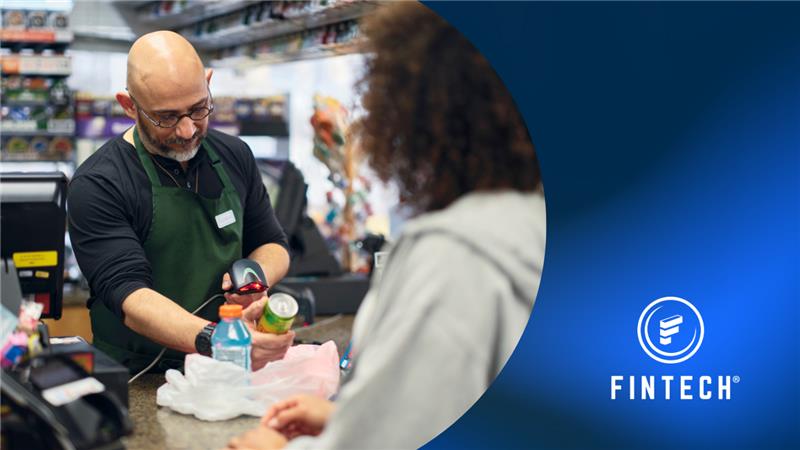Innovation is crucial in grocery operations when it comes to meeting consumer demands and driving operational efficiencies. One area where groceries can make a significant impact through innovation is in inventory management, particularly with scan-based trading (SBT).
SBT enables grocery stores to take expensive inventory costs off their balance sheet by transferring ownership to their suppliers until the point of sale – this means grocery stores only pay for inventory they actually sell.
This operational change benefits both grocery stores and their suppliers, ultimately creating a better customer experience and facilitating growth opportunities.
How Does Scan-Based Trading Work?
SBT is a consignment selling model in which the supplier maintains ownership of the product until the point of sale at the retail level. This allows grocery stores to remove expensive inventory costs from their balance sheet and reallocate those savings to other areas of the business. For suppliers, it provides a more accurate picture of consumer demand by analyzing POS data down to the SKU and location levels. This visibility helps grocery stores and their vendor partners stock their shelves with the right products.
SBT Benefits for Grocery Stores
There are multiple benefits for grocery stores that implement SBT. For starters, shrink becomes shared with the supplier in an SBT relationship. A third-party managed SBT program like Fintech analyzes inventory data to identify the source of shrink and provides solutions on lowering shrink to a manageable level.
Another benefit on the retail side comes with soft-cost savings opportunities. For example, there is no need to count inventory or manually process invoice payments. Fintech automates these processes to take place at the time of delivery, saving labor hours and costs.
More Growth Opportunities With Fintech SBT
Traditionally, any item that is on direct store delivery (DSD) performs well in an SBT relationship – things like commercial bread, propane, ice, and dairy. However, there are more opportunities for SBT to make an impact.
Russ Fant, Fintech SBT expert, recently spoke with OmniTalk as part of their ‘Must See Tech’ feature for GroceryShop 2025 and discussed how he sees growth potential at the warehouse level for grocery stores.
“There’s another emerging area that we are just starting conversations around and we’re calling it ‘pay on ship.’ That is where you take the ownership in the distribution center or warehouse and move that to the supplier. So, it’s like [the supplier] moves their warehouse into the retailer’s warehouse, and then they get paid once it ships into the store,” Fant said.
This opens the door for other categories and brands to get in on the SBT advantage. Retailers can leverage holding inventory at the warehouse until it ships to the store, ensuring they only pay for items that are in demand at the store level. For the third, fourth, or fifth players in certain categories, SBT allows them to stay in business with the store while keeping their inventory in the warehouse. By consolidating this inventory into the distribution center or warehouse, grocery stores open up shelf space for other items.
Fintech’s Approach to Scan-Based Trading
Fintech is the leader in SBT and has been doing it for 20+ years. In fact, 2/3 of third-party managed SBT programs across North America happen through Fintech. We act as a hub between retailers and suppliers, simplifying the process. This includes handling price changes, POS data, invoice payments, and all other reporting that goes from the retailer to the supplier.
Fintech connects to the retailer through all the departments necessary for SBT to work (price book, accounts payable, etc.) to set up the POS and inventory data flows, and then from there we can connect to all their supplier partners individually and meet their needs. We serve as a single point of contact for retailers and suppliers.
For grocery operations, SBT offers an immediate ROI in DSD categories and significant upside potential for implementation in other categories, such as dry goods, CPG, and more. With inventory costs constantly fluctuating, SBT offers a solution for managing these costs effectively.
“Look at scan-based trading as a way to improve the economics around your store. Take that valuable inventory off your books as you’re competing against the economy, against online sales, against everybody else out there. SBT is a great way to reduce inventory and take that cost off the balance sheet, and we’re here to help with that,” Fant said.
You can reach out to sales@sbt.fintech.com or fill out a form to get in touch with a Fintech SBT expert and see how you can transform inventory operations at your grocery store.






